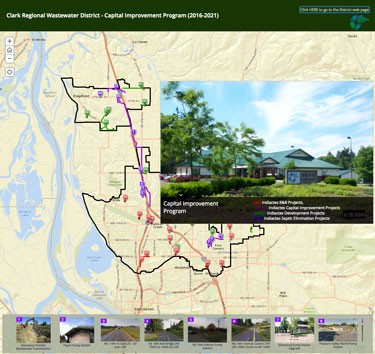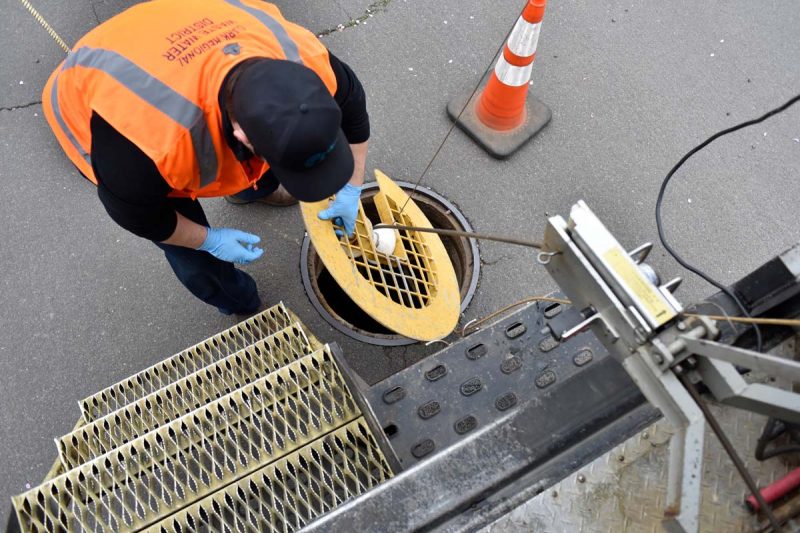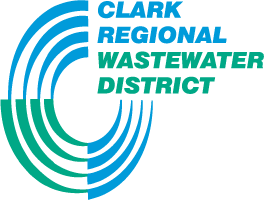Capital Program
The District administers an active Capital Program to maintain and expand the sanitary sewer collection system and other District assets. The Capital Program provides for the planning, development, and delivery of General Facilities Projects and Restoration & Replacement (R&R) projects. Starting from the 20-year planning horizon in the General Sewer Plan, the District further develops a 10-year program and ultimately an annual program to ensure we continue to provide reliable service to our customers.

General Facilities Projects (CIP)
As the community continues to grow, there is an increased demand for new sewer infrastructure. As identified in the General Sewer Plan, the District has developed a long-range plan to expand the collection system throughout our service area. This plan identifies the necessary capital improvements that must be in place to efficiently sewer the area. The improvements are the “General Facilities”; the major trunk sewers and pump stations and force mains. Local sewer mains and individual services are not programmed or considered “General Facilities” as they are the responsibility of the individual developer or customer seeking service. The cost of constructing the General Facilities is funded through the payment of System Development Charges (SDC’s), often referred to as connection charges. The District collects a SDC at the time of connection for every new “Equivalent Residential Unit” (ERU) added or connecting to the system.
Restoration & Replacement (R&R)
The Restoration and Replacement program (R&R) is a rate funded program that is designed to restore and replace existing assets. As the collection system expands, it also grows older. Established in 1958 the District now has over 775 miles of pipe, 77 pump stations, and 891 STEP systems. Each of these individual assets (e.g. manholes, pipes, pumps) will ultimately need to be repaired, restored, and eventually replaced. This represents a significant future liability for our ratepayers. As such, the District continues to be committed to proactively managing an R&R program. Using a number of different tools, such as CMMS and GIS systems, the District has developed a unique program to identify and prioritize R&R projects. Thus managing the cost of the program over time and minimizing risk for our customers.

Other Local Facility Programs
The District also has other programs available to assist with the construction of local facilities. Generally speaking, the eight-inch (8”) diameter sewer mains servicing individual neighborhoods. The District can support the extension of local service through either the Customer Generated Infrastructure (CGI) or District Installed Infrastructure (DII) programs. With both of these programs, the costs for the project are assessed to the properties benefitting from the sewer extension. When a benefitting property connects to sewer, they will pay the District for their fair share of the project, called a Local Facility Charge (LFC). The LFC is a separate charge and is in addition to the System Development Charge (SDC) or other permit fees.
